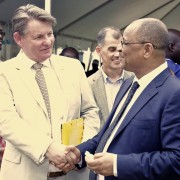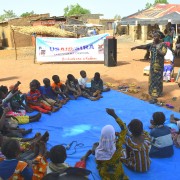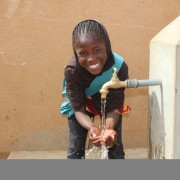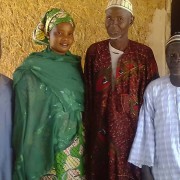Speeches Shim

Two women associations in Sikasso are changing the status of millet and sorghum, using these crops to diversify and improve food and nutrition security. Sikasso is one of the most prosperous agricultural regions in southern Mali, where farming is dominated by maize, potatoes, peas and other crops while the nutritious millet and sorghum are less popular.

Ambassador Dennis B. Hankins officially launched the U.S. Government’s partnership with the Malian Government for a renewed five-year country plan to promote food security. The event held at the U.S. Embassy in Bamako highlighted the new plan’s activities to boost resilience, strengthen agricultural growth, and improve nutrition for millions of Malians.

USAID/Mali Selective Integrated Reading Activity (SIRA) has been operating in Soron village in Sikasso Region through its community participation component, since the second cohort that began in October 2017. Thanks to the project’s awareness-raising activities, the village has become increasingly involved in the education of its children. The active involvement of the community volunteers and members of the school management committee enabled Soron community to be selected as a beneficiary of the project community library.

Access to drinking water is essential to the health of students. However, many schools in the Gao and Ménaka regions do not have any water point. Lack of drinking water exposes children to chronic intestinal diseases and infections such as: cholera, diarrhea, bilharzia, Guinea worm and typhoid. These diseases and infections harm their health, nutrition and impact children’s learning. Around 90% of communities—from areas covered by the USAID Education Recovery Support Activity (ERSA)—reported those diseases as the most important health risk encountered by children at school.

Saboucire n’di—a village of 811 people—is located eight kilometers from the Khoulon health center in the Kayes health district of Mali. Saboucire n’di is home to a community health worker (CHW), Ramatoulaye Diallo, selected by the district health team and trained by the government of Mali and partners, including USAID, to bring health services closer to this community.

Comment
Make a general inquiry or suggest an improvement.